VT HAN Alert - Confirmed Measles Case in Vermont
Posted over 1 year ago by Michelle Wade
This announcement has 1 attachment:
To: Vermont Health Care Providers and Facilities
Date: July 8, 2024
From: Laura Ann Nicolai, Deputy State Epidemiologist
Confirmed Measles Case in Vermont
Background
The Health Department has confirmed a case of measles in a Vermont resident. This is the second confirmed case of measles in Vermont in 2024. The individual was exposed to a person with measles in the Dartmouth, NH area in late June. A diagnostic specimen was collected by public health nurses and tested positive by PCR at the Health Department Laboratory on Saturday, July 6, 2024.
There is no ongoing transmission risk from this case to members of the public in Vermont. The individual’s infectious period is July 1 through July 9. The individual was not in Vermont during most of the infectious period. One known contact in Vermont has been notified and the Health Department is conducting symptom monitoring for the duration of the incubation period.
The individual was a passenger on the northbound Dartmouth Coach bus departing New York City for Hanover, NH at 1:30 PM on Wednesday, July 3. No other passengers are known to be Vermont residents, although follow up to confirm address information is ongoing.
The incubation period after exposure to measles is typically 10-14 days but can range from 7-21 days. Measles typically presents in adults and children as an acute, viral illness characterized by fever and generalized, maculopapular rash. The prodrome might include cough, conjunctivitis and coryza. Koplik spots, blue-white spots on the buccal mucosa, are occasionally seen. The rash usually starts on the face, proceeds down the body, and may include the palms and soles. The rash, which lasts for several days, fades in order of appearance. Complications include diarrhea, otitis media, pneumonia, hepatitis, and encephalitis.
Requested Actions
1. Review the April 4, 2024 Vermont Health Alert with measles information for clinicians.
2. Provide documentation of MMR vaccination status to your patients upon request and encourage vaccination for unprotected individuals.
-
Evidence of immunity to measles includes any of the following:
- Documentation of age-appropriate vaccination with a live measles virus-containing vaccine.
- Laboratory evidence of immunity (IgG titer).
- Laboratory confirmation of measles.
- Birth before 1957.
3. Strongly consider measles, especially in unvaccinated patients with compatible illness, and test for measles.
- Contact the Health Department at 802-863-7240, option 2 for assistance with submitting specimens to the Health Department Laboratory for testing. Testing will be performed at no charge.
-
Obtain specimens for both measles PCR and serology at first contact with a patient suspected to have measles.
- Collect a throat or nasopharyngeal swab, or a urine sample, for measles PCR as soon as possible after rash onset. Respiratory samples are preferred early in the course of illness because that test is more sensitive in that timeframe, and samples can be tested at the Health Department Laboratory. Urine samples must be sent by the Health Department Laboratory to CDC for testing and may incur delays. Swabs should be synthetic (non-cotton) in viral transport media. Urine samples may be collected in a sterile, sealable urine specimen container.
- Measles IgM testing must be sent out-of-state by the Health Department Laboratory. Providers may wish to send serology samples directly to reference laboratories for more rapid IgM turnaround time. If sending through the Health Department Laboratory, collect 0.7mL of blood in a red-top or serum separator (tiger top) tube for measles IgM. Allow the blood to clot thoroughly and then centrifuge the tube to remove serum from the clot. Gel separation tubes should be centrifuged within two hours of collection. Measles IgM results from blood specimens collected within the first 72 hours after rash onset may be falsely negative and may need to be repeated before rule-out.
- Refrigerate all specimens after collection and transport them on ice packs within 24 hours of collection.
Additional Resources
- Clinical Overview of Measles (CDC)
- Measles Information for Providers (VDH)
- Instructions for Collecting and Shipping Measles PCR Specimens to the Health Department Laboratory (VDH)
- MMR ACIP Vaccine Recommendations (CDC)
- Healthcare Personnel Vaccination Recommendations (CDC)
If you have any questions, please contact Laura Ann Nicolai at: lauraann.nicolai@vermont.gov.
To be removed from the HAN or have your information updated
please email the Vermont HAN Coordinator at: vthan@vermont.gov.
